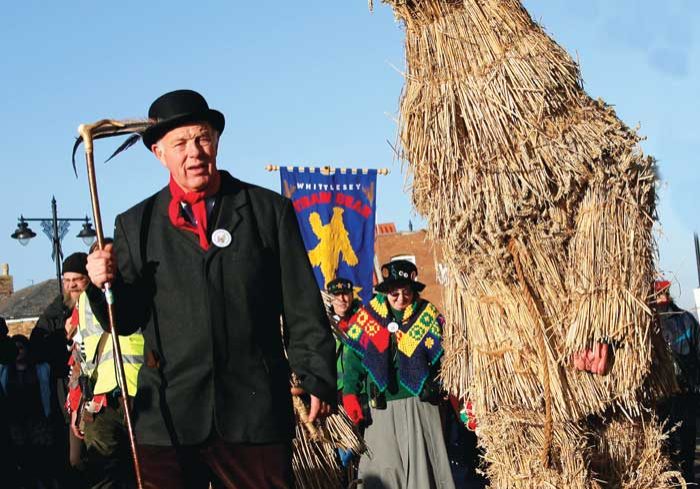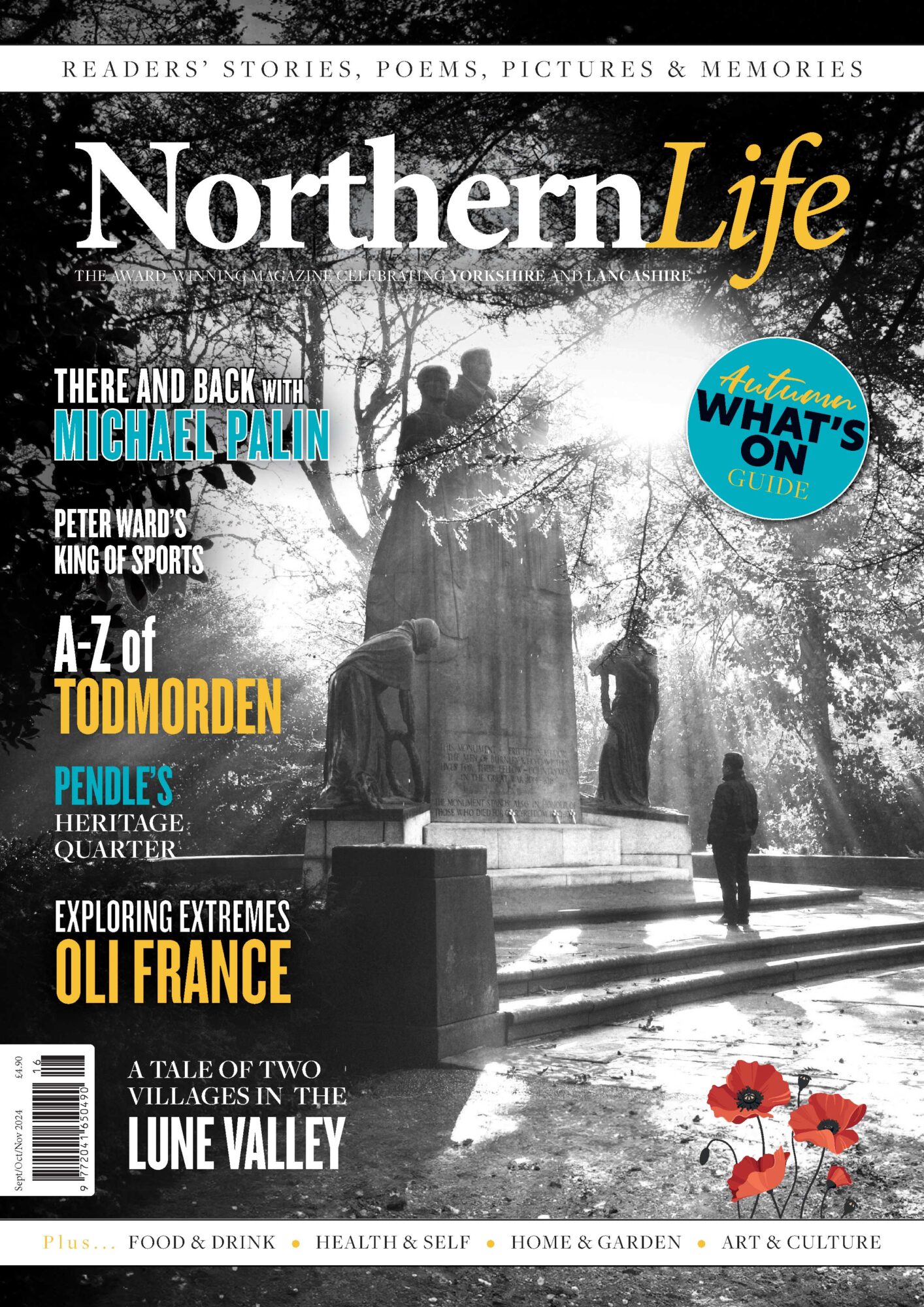
What have Plough Monday, Molly Dancing and Straw Bears in common?
by Ron Bolton
What have Plough Monday, Molly Dancing and Straw Bears in common? I don’t think that many people in the North of England would be able to answer this question, but if you asked the same question to people in East Anglia, I’m pretty sure a lot of people there would probably know the answer.
It’s a very old and colourful tradition which dates from the 15th century and although it died out at about the end of the 19th century it was revived in 1980 and now takes place at the beginning of every year in Cambridgeshire.
Originally the Plough Monday and the Straw Bear tradition would be performed throughout all the villages in East Anglia during January, usually on the weekend nearest to Plough Monday, but it is only performed now in the two villages of Whittlesea and Ramsey, which are near to Peterborough.
Plough Monday marks the beginning of the farmer’s year when they start preparing the ground for planting out their crops, and it was also when plough boys were supposed to return to work after their Christmas holiday and begin the new ploughing season on that day.
The plough boys were young men who drove the teams of horses that pulled the plough around the fields, and although it was an important job they were not very well paid. So, instead of starting work on the Monday, they would decorate their ploughs and parade them through the local villages, collecting money from the villagers and from the wealthy bosses and landowners to buy food and drink for themselves, sometimes giving some money to church funds.
The plough boys would blacken their faces as a disguise to hide their identity from the bosses who could sack them for not working on the Monday. It was once suggested that if people failed to give the ploughboys some money, they may find their garden had been ploughed up during the night.
The plough is dressed with white ribbons and coloured rosettes and taken in procession from the church to the local inn, where the Molly dancers perform and entertain the people with a number of traditional folk dances.
Molly Dancing is a form of morris dancing specifically found in East Anglia, in which the groups of dancers traditionally have blackened faces and dress up in very colourful costumes by pretending to be a Lord and Lady. There are other characters in the dancing groups such as Old Glory, who announces the various dances and the Box Man, who collects the money for local charities. All the dancers have blackened faces and colourful costumes together with hobnailed boots which create a vibrant sound as they dance around the village.
Straw Bears are said to have originated in medieval days when live bears were sometimes used in rural communities for begging, but nowadays a man dresses in a costume, made entirely of straw, which is meant to look like a real bear and together with the Box Man they go around collecting money for local charities. Ladies of the village would make Plough Puddings, a boiled suet pudding containing meat and onions which would be given to the performers after the parade.
It is a very popular event and attracts hundreds of spectators. A couple of years ago, there were more than 200 dancers and their followers wending their way around the villages with their accompanying musicians and performers who had come from all over the British Isles, performing various styles of traditional dances together with local Molly Dancers and the traditional Straw Bears. At the end of the festivities, the thirsty players often retire to the local pub for refreshments and a welcome drink or two.
